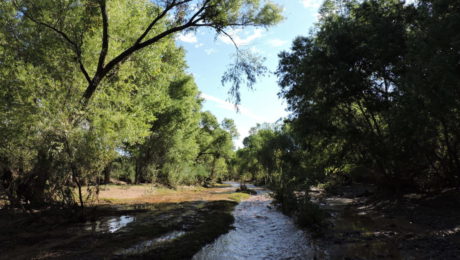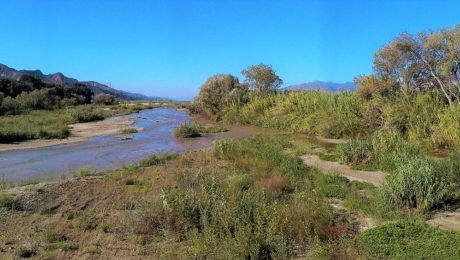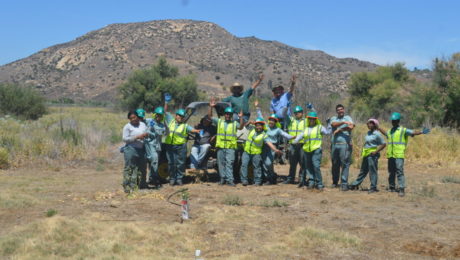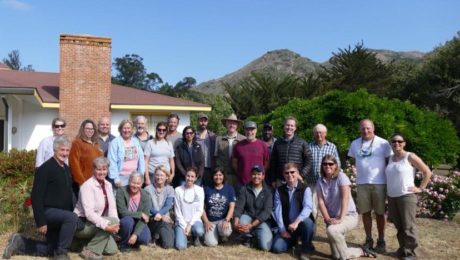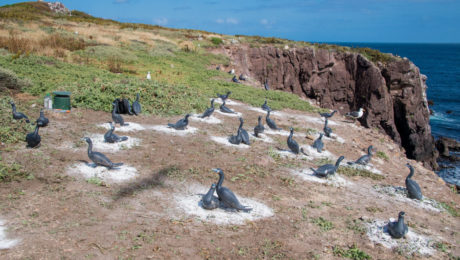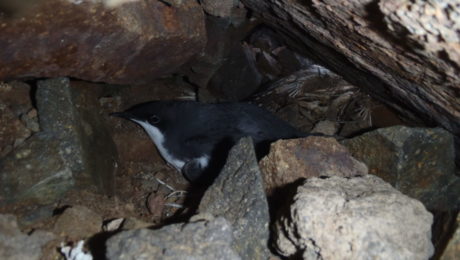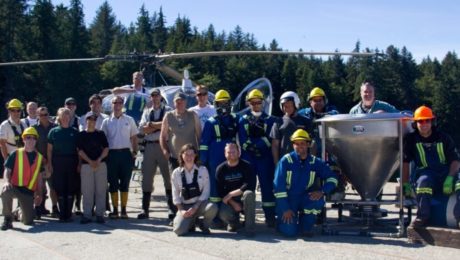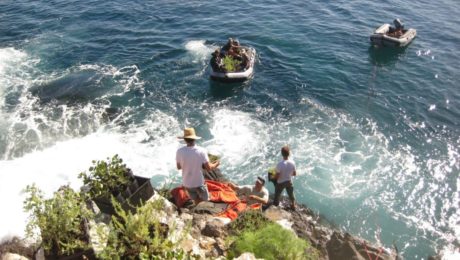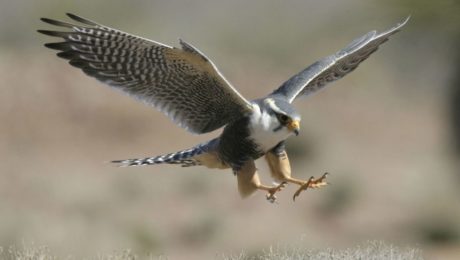Building International Collaboration for Neotropical Migratory Bird Conservation on Private Lands
The Madrean Sky Islands region of northwest Mexico provides critical habitat for Neotropical migratory birds, but unsustainable land use practices, especially overgrazing, have negatively affected both the quality and extent of habitats. Learn how private landowners and The Borderlands Restoration Network are working to change that.
- Published in News
Turning the Bend at River Bend—Successful Restoration on the Agua Fria River
Through conducting surveys for Western Yellow-billed Cuckoo, Audubon Arizona shares with us their unique, first-hand opportunity to observe the BLM’s restoration of River Bend. However, countless other degraded sites need our attention and support.
- Published in News
Restoration and Conservation in Southern California: The Santa Clara River Parkway
The Santa Clara River was once designated as one of the most threatened rivers in the U.S. because of the juxtaposition of its environmental and conservation values with threats from urban and industrial development. Now, partners are envisioning a 30 mile-long floodplain corridor to reverse habitat degradation, conserve existing aquatic and riparian habitats, and provide public access for recreation and education.
- Published in News
San Dieguito River Riparian Restoration Project
San Diego County is one of the most biologically diverse parts of our country, but it is also facing significant pressure from increasing development and water scarcity. River Partners has been restoring riparian habitat in San Diego since 2008 to help support the recovery of the biodiversity in the region.
- Published in News
Science Working Group Meeting, Channel Islands National Park
This June, the Science Working Group had the amazing opportunity to meet on Santa Cruz Island, CA. This set of SJV News articles highlights some of the projects that have taken place in the Channel Islands and islands in Mexico, as well as a trinational partnership for island conservation.
- Published in Meetings and Events, News
Successful Restoration of Mexican Islands
To conserve island biodiversity, the Group of Ecology and Conservation of Islands, A.C. (GECI), has been working for the last two decades in collaboration with government agencies, academic institutions, fishing cooperatives and a network of donors, to carry out a national program of restoration and conservation of the islands of Mexico.
- Published in News
The Recovery of Scripps’s Murrelets at Anacapa Island, Channel Islands National Park
With support in part from the SJV Awards Program, CIES’s monitoring of Scripps’s Murrelets is one of the most robust data-sets of the post-eradication response of affected seabirds, but there’s more work needed to protect these birds.
- Published in News
Trilateral Island Initiative: Promoting Bird Conservation across North America
The countries of Canada, Mexico and the United States are inextricably linked through shared species, habitats, and ecosystems. The Trilateral Island Initiative promotes international collaboration on the conservation and restoration of island ecosystems and their adjacent coastal and marine environments.
- Published in News
Restoring Native Plant Communities to Benefit Seabirds in the Channel Islands
Invasive, non-native plant species and island ecosystem degradation have affected seabird nesting habitat quality on many of the California Islands, imposing threats to population growth and recovery. Island restoration projects to benefit seabirds and restore breeding habitat are now occurring on 13 of the islands.
- Published in News
Natal Dispersal of Aplomado Falcons in the Chihuahuan Desert of Mexico
The grasslands of the Chihuahuan Desert are under threat from rampant agricultural conversion. What will this mean for the Aplomodo Falcon population?
- Published in News


 English
English  Español
Español 
